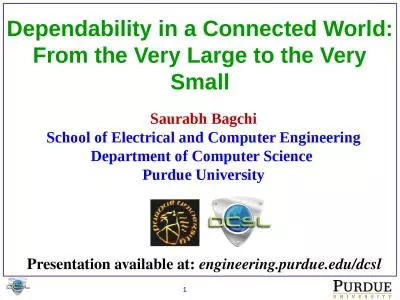PDF-dependent Automatic Zooming for Browsing Large Documents Takeo Igarash
Author : tatiana-dople | Published Date : 2015-12-11
Figure 1 The problem of rate based scrolling The user becomes disoriented when the document scrolls too fast This mocked up blur was generated using Photoshop153 problem
Presentation Embed Code
Download Presentation
Download Presentation The PPT/PDF document "dependent Automatic Zooming for Browsing..." is the property of its rightful owner. Permission is granted to download and print the materials on this website for personal, non-commercial use only, and to display it on your personal computer provided you do not modify the materials and that you retain all copyright notices contained in the materials. By downloading content from our website, you accept the terms of this agreement.
dependent Automatic Zooming for Browsing Large Documents Takeo Igarash: Transcript
Download Rules Of Document
"dependent Automatic Zooming for Browsing Large Documents Takeo Igarash"The content belongs to its owner. You may download and print it for personal use, without modification, and keep all copyright notices. By downloading, you agree to these terms.
Related Documents

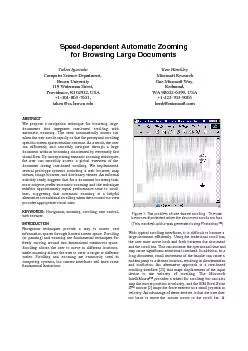


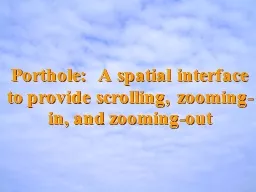
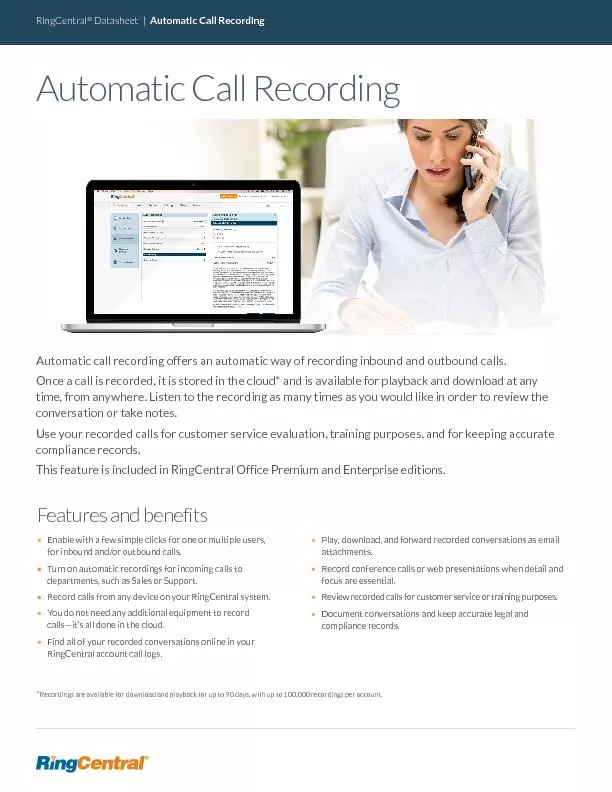
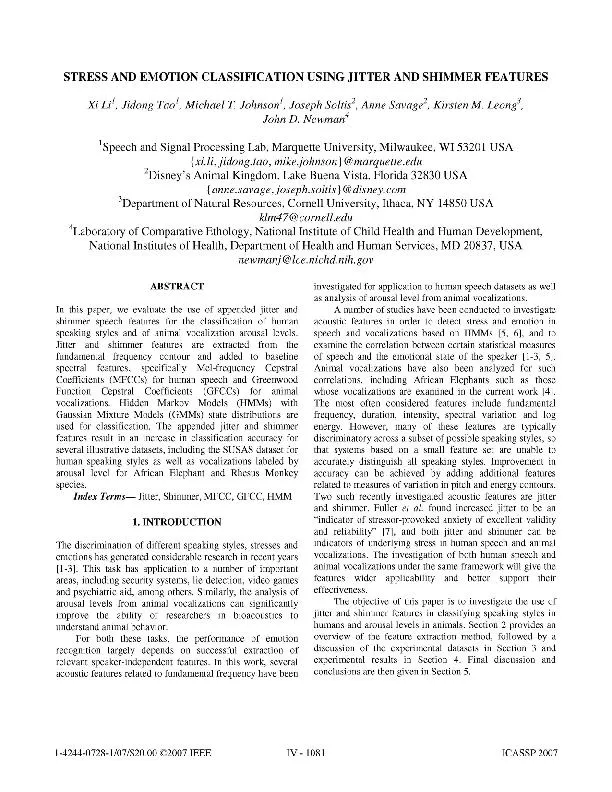
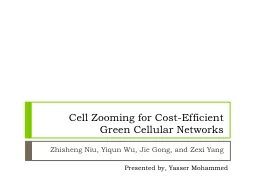

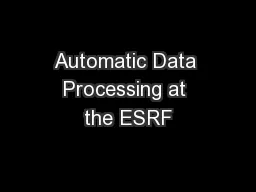
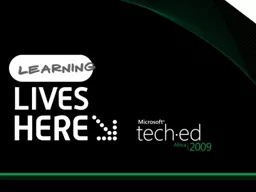

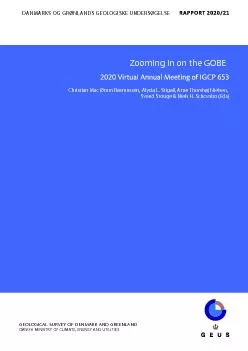
![[READING BOOK]-Easy Private Browsing: How to Send Anonymous Email, Hide Your IP address,](https://thumbs.docslides.com/986737/reading-book-easy-private-browsing-how-to-send-anonymous-email-hide-your-ip-address-delete-browsing-history-and-become-invisible-on-the-web.jpg)
